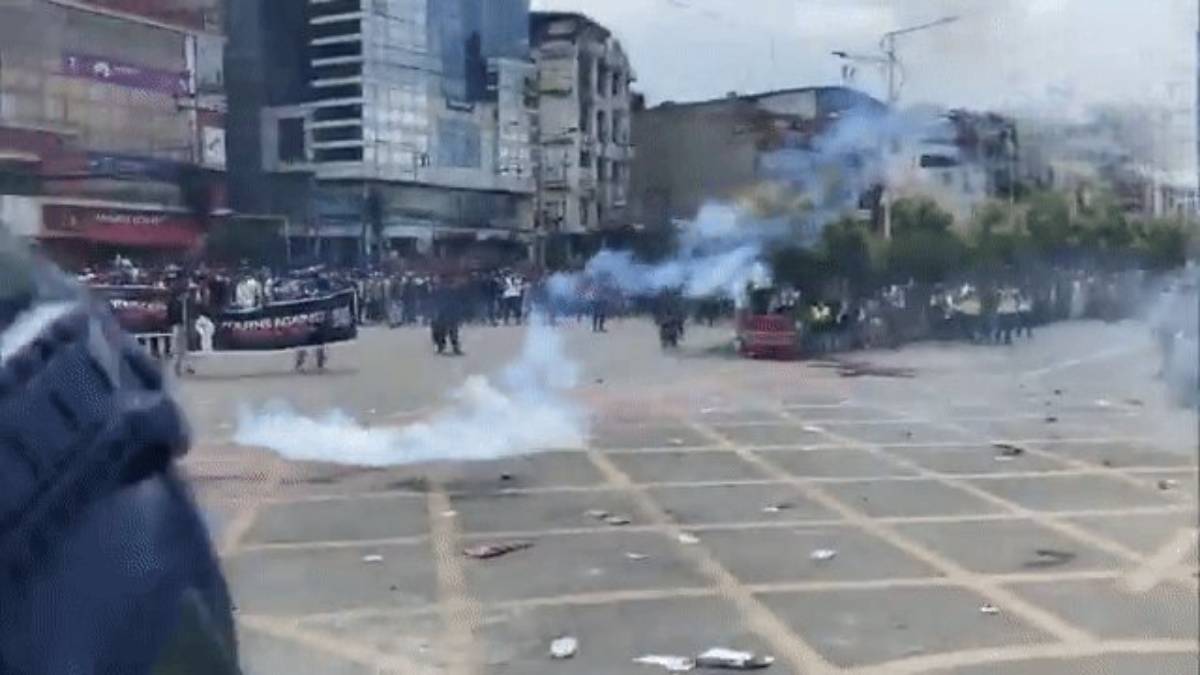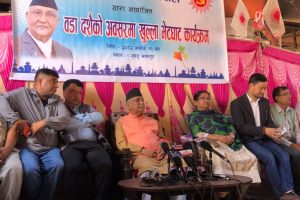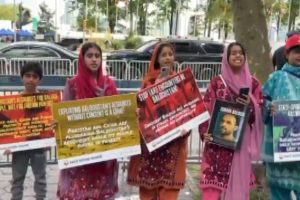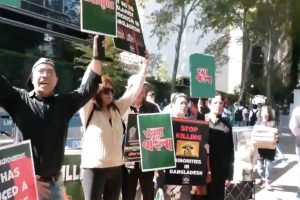A young protester died and dozens were injured on Monday as clashes between demonstrators and security forces escalated during nationwide “Gen Z” protests in Nepal against corruption and the recent ban on major social media platforms, The Himalayan Times reported.
The protester, critically wounded during violent confrontations in Kathmandu’s New Baneshwor area, succumbed to injuries while receiving treatment at Civil Hospital. Several others remain hospitalised with unknown identities.
In Jhapa district’s Damak, demonstrators torched an effigy of Prime Minister KP Sharma Oli and attempted to storm the municipal office, prompting police to fire rubber bullets, teargas, and water cannons. One protester was critically injured, and motorcycles were set ablaze as tensions flared.
Journalists also came under fire, with Naya Patrika’s Dipendra Dhungana, Nepal Press’s Umesh Karki, and Kantipur Television’s Shyam Shrestha among those injured by rubber bullets while covering events.
Authorities deployed the Nepali Army in New Baneshwor and expanded a strict curfew to include high-security areas such as the President’s residence, the Prime Minister’s residence in Baluwatar, Singha Durbar, and other sensitive zones. The order, issued by Chief District Officer Chhabilal Rijal under Section 6 of the Local Administration Act, bans movement, gatherings, and protests until 10 PM local time.
The demonstrations began as peaceful marches but quickly turned violent when protesters broke through barricades and entered restricted areas near Parliament. Police retaliated with force as demonstrators hurled branches, water bottles, and even teargas canisters back at them.
The unrest follows the government’s decision to block 26 unregistered social media platforms — including Facebook, Instagram, WhatsApp, YouTube, and Snapchat — after they failed to set up offices in Nepal and pay local taxes. While officials defend the ban as regulatory enforcement, critics see it as a crackdown on free expression.
The move has fueled anger among Nepal’s youth, who accuse leaders of silencing dissent while ignoring rampant corruption. Prominent cultural figures, including veteran actors Hari Bansha Acharya and Madan Krishna Shrestha, publicly supported the protests, urging accountability and leadership renewal. Singer-actor Prakash Saput also donated money to protesters on the ground.
As platforms went dark on September 4, protesters organised nationwide rallies through remaining networks and offline mobilisations. The movement, driven by young Nepalis identifying as “Gen Z,” has quickly grown into one of the most forceful challenges to the government in recent years.





